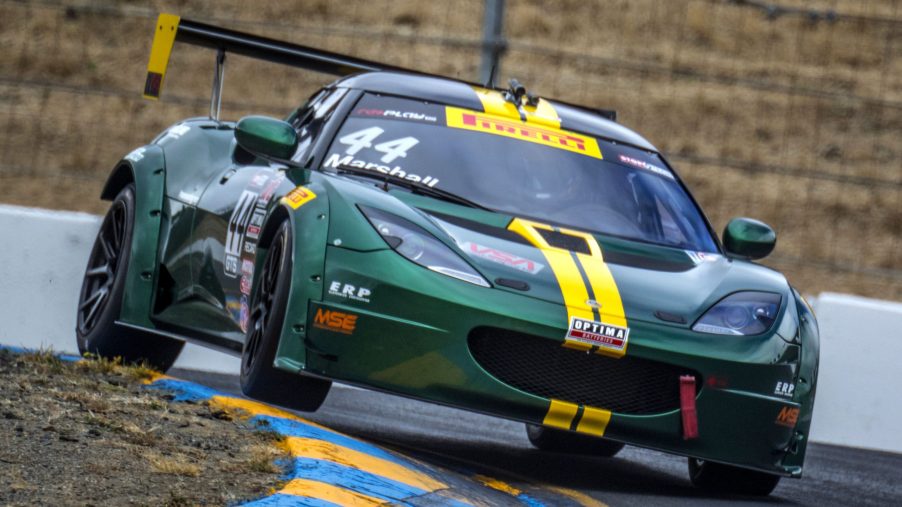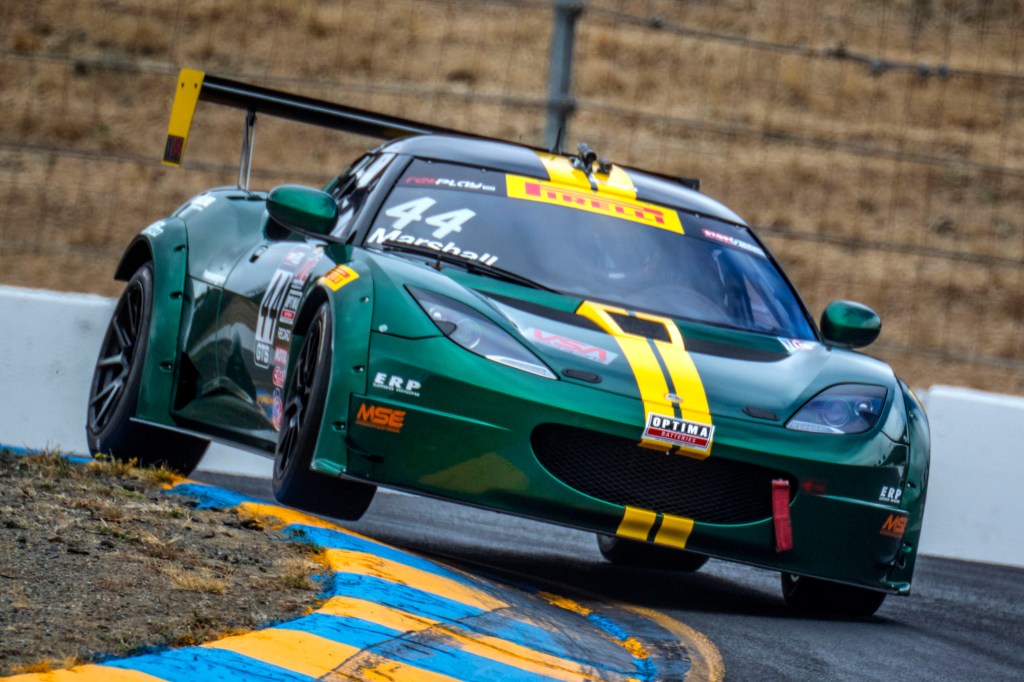
The Lotus Elise Doesn’t Exactly Pale in Comparison to the Pricier Lotus Evora
The Lotus Elise and Lotus Evora aren’t the only cars from the brand that made it here to the US, but as the newer models, they seem to get the most attention — well, for as much attention as anyone who isn’t a Lotus enthusiast. The Elise comes in at a range of prices that are typically lower than the Lotus Evora, and although that isn’t always the case, it is the older, less equipped of the two that fans of being, well, somewhat comfortable in a sports car definitely prefer. But, even at the lower buy-in price of the Lotus Elise, it certainly doesn’t pale in comparison.
Basic creature comforts and luxuries

The comforts and features are a major aspect of what sets the Lotus Elise and Lotus Evora apart. The Lotus Elise was designed to be the ultimate expression of what the founder, Colin Chapman, ideal Lotus cars should be:
“Simplify, then add lightness”
Colin Chapman, Founder of Lotus
The Lotus Elise is lightweight and minimal, offering the most primal aspects of a driving experience. The stiff Bilstein suspension and lack of power steering — don’t worry, the car is lightweight enough to get away without it, I promise — make it feel like a glorified go-kart. The car’s interior is minimal and raw, still offering basic features like air conditioning and a radio — though it’s worth noting that the Lotus Elise is missing cupholders, as I’ve spilled many cups of coffee on morning travels to Cars and Coffee on the floorboard. Really, the Elise is designed to feel like an extension of the driver, rather than making the driver feel like they are operating a piece of machinery.
The Lotus Evora, on the other hand, adds more comforts and features, including cruise control, power steering, and padded seats — did I mention the Lotus Elise seats are hardly what anyone would classify as ‘padded’? Regardless, it does little to diminish the raw driving experience. The Evora has back seats — though you probably don’t want to sit there if you’re over 4 feet tall and has a more spacious cabin. It still handles curves and corners with precision and expertise, though it isn’t quite as raw as the Lotus Elise.
You can’t go wrong with either Lotus car
Although Lotus has yet to become a popular vehicle brand of choice here in the US — though that has the potential to change with the introduction of the Lotus Emira, there is still a strong group of Lotus owners and enthusiasts here in the states — and we pretty much all know each other. Though it comes down to personal preference, both the Lotus Evora and the Lotus Elise are fantastic driver cars, and if you’re crazy enough, you can choose either as a daily driver. One thing that sets these Lotus cars apart from other exotics is that they share the drivetrain with a more popular brand and are surprisingly easy to work on, find parts for, and even build — though I should warn, any maintenance or repairs that require the rear clam to be removed can be a bit time consuming, as it may take several hours to remove this body panel.


